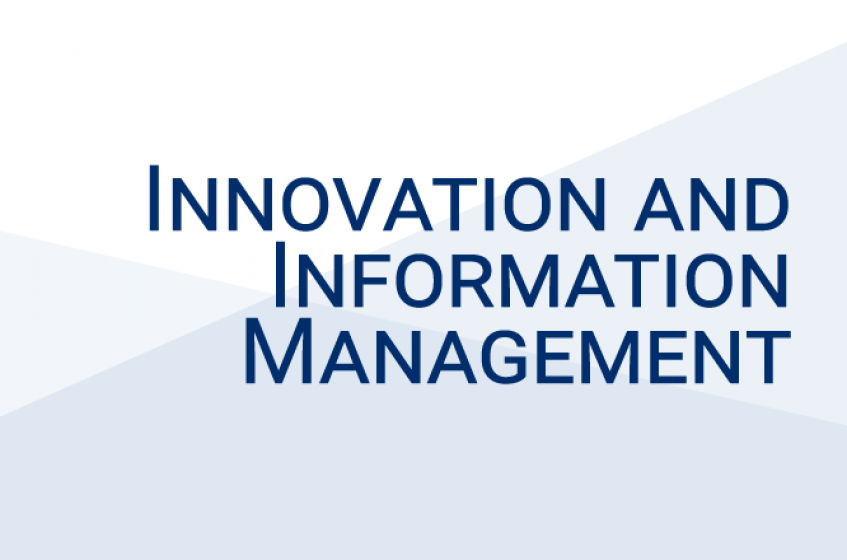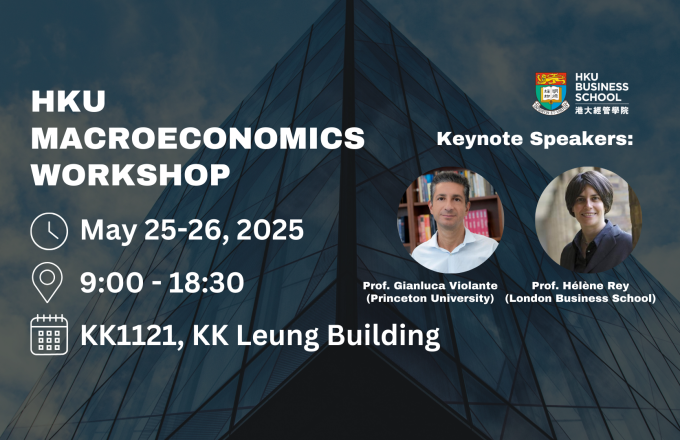Modeling the development of blockchain platforms
Dr. Tianyi (Tim) Li
Assistant Professor
Department of Decision Sciences and Managerial Economics
The Chinese University of Hong Kong
Dr. Li plans to present the first study; the second one is a follow-up study which hopefully he can have some time to briefly introduce.
Development Trajectory of Blockchain Platforms: the Role of Multi-Role
ABSTRACT
We develop a parametric model to investigate blockchain platform’s development trajectory. Model dynamics relies on the feedback between the blockchain’s utility change and people’s adoption/abandonment of the platform. We consider that a typical blockchain participant simultaneously plays three roles on the platform – user, investor, and laborer, each role contributing a unique term to the multi-facet utility of blockchain for an ordinary participant: providing service for transaction/interaction, providing medium for digital investment, and providing workspace for online laboring. The model describes a three-phase development trajectory for blockchain platforms which closely resembles real-world situations: a chaotic initial stage of platform launch, an intermediate stage of rapid growth, and a mature stage of stable market cycles. Three roles (user, investor, laborer) play different roles at platform’s different development stage, and their interacting dynamics determine the phase transitions. Based on the three-phase trajectory, various scenarios of blockchain’s lifespan can be demonstrated. We use the model to match the price series of 112 tokens. With an equal number of or fewer parameters fitted, model completely outperforms exponential, power-law, and polynomial scalings. Fitting results are validated from various aspects, where model performance remains consistent and robust. Two temporal parameters emerge in the analysis: time delay in quitting the platform, and holding time of platform’s token; they significantly differentiate the development trajectory of blockchains, serving as effective categorizers of different platforms. We extend the model to study forking events and uncertainties in blockchain adoption. Results suggest that the fork launch time, with respect to the forked chain’s development stage, is more important than the amplitude of forking in influencing the main chain’s subsequent development. Forking can be beneficial through increasing the exposure of the forked platform. Blockchain’s network growth is more sensitive to adoption than to abandonment, coupling with people’s higher sensitivity to platform’s utility change during adoption than during abandonment.
Strategic Earning on Tokenized Platforms via Model-based Decision Making
ABSTRACT
We develop a decision-making framework for determining participant’s investment and laboring intensity on tokenized platforms, i.e., digital platforms with blockchain implementation. The framework builds on the platform development model that integrates participants’ three roles on tokenized platforms – user, investor, and laborer – in platform’s multi-facet utility for participants. We extend the model to investigate strategic decisions on participants’ investment and laboring intensity. Arbitrary participants are distinguished from the platform-average participant, and the decision-making is cast into two sub-problems: when ignoring individual actions’ impact on platform’s state, strategies are substantiated by metrics characterizing model projection on platform’s future development; when considering participants’ decisions explicitly influencing the environment, the setting becomes an optimal control problem, which we capture with an Markov decision process (MDP) and solve via reinforcement learning (RL). The framework addresses three uncertainties in this decision-making: parameter uncertainty from model estimation, system uncertainty in model projection, and input uncertainty during individual-platform interaction. Monte-Carlo (MC) methods are used to address parameter uncertainty and system uncertainty, by initiating an accepted pool for parameter estimates and an ensemble for projection instances, from which metrics are computed to substantiate strategy design; input uncertainty is addressed with the MDP and the RL solvers. For the metric-based approach, we analyze two decision settings: fixed amount execution, and fixed increment execution. For the RL-based approach, we consider multiple environments under fixed increment execution. The framework is tested with ground-truth token price series. The platform development model achieves considerable quality in projection. A panel of metric-based strategies for investment and laboring intensity are constructed, and certain strategies outperform model-free strategies. Two deep RL agents (DQN, PPO) are implemented; they behave rationally on synthetic states and are shown to outperform metric-based and modelfree strategies on ground truth.











